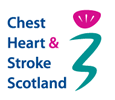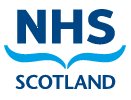
© Crown Copyright 2009
Living with asthma can affect your daily routines and the way in which you manage the daily tasks that we all need to do; getting dressed, having a shower, shopping, cooking and so on.
You may notice there are times when you are more, or less, breathless. Think about the ways in which you already manage your asthma when you are breathless. What have you discovered that helps you in managing your asthma and breathlessness day-to-day? It is important to think about, and use, any strategies that work for you.
Think about the times you are more breathless. This may be related to exertion and busy days, or you may notice you are more tired or breathless the day following a busy day? Pacing can mean planning priorities and your daily routine which helps with recognising how and where your energy will be used.
Remember
Planning activities in advance, work out what needs to be done alongside managing your breathing and energy levels, is helped by pacing. Choosing your priorities and planning what you want to use your energy for will help you manage your daily routines.








